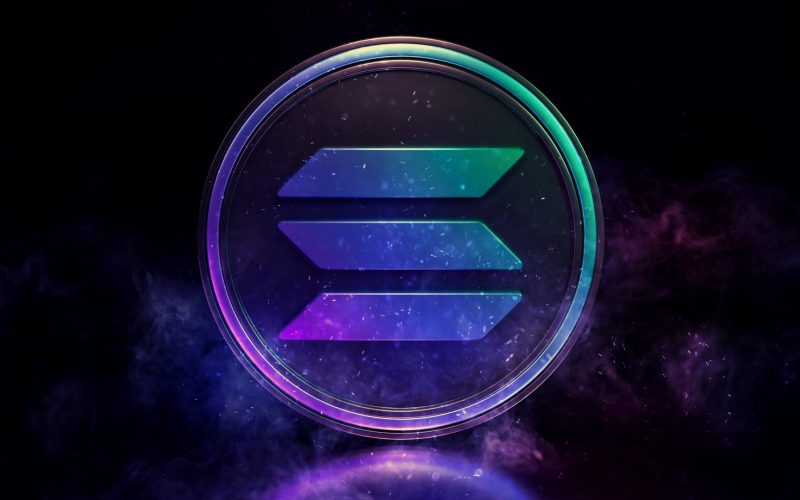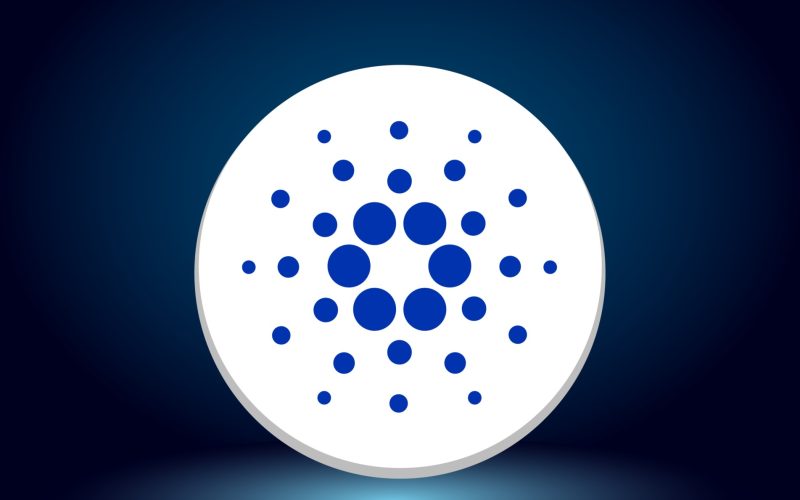Hedera Hashgraph and its native token, HBAR, have emerged as one of the most innovative projects in the blockchain and distributed ledger technology (DLT) space. Known for its high performance, unique consensus mechanism, and diverse use cases, Hedera Hashgraph is designed to address the scalability, speed, and security issues faced by traditional blockchains. This deep dive explores HBAR’s purpose, its underlying technology, and why Hedera is positioned to become a key player in the DLT ecosystem.
What Is Hedera Hashgraph? An Overview
Hedera Hashgraph is a public distributed ledger network designed to provide fast, secure, and fair consensus without compromising decentralization. Unlike traditional blockchains, which operate on a linear chain of blocks, Hedera Hashgraph uses a novel hashgraph consensus algorithm to process transactions in parallel, resulting in faster transaction speeds and lower energy consumption.
Key features of Hedera Hashgraph include:
- High Throughput: Hedera can process thousands of transactions per second (TPS), far exceeding the transaction speeds of most traditional blockchains.
- Low Transaction Fees: Transaction costs on Hedera are minimal, making it suitable for a wide range of use cases, from microtransactions to enterprise-level applications.
- Energy Efficiency: Hedera’s unique consensus mechanism consumes far less energy than proof-of-work (PoW) and proof-of-stake (PoS) blockchains.
- Security and Fairness: Hedera Hashgraph’s consensus mechanism is asynchronous Byzantine fault tolerant (aBFT), providing high levels of security and resilience against malicious attacks.
Hedera Hashgraph aims to serve as a versatile, high-performance distributed ledger that can accommodate a wide variety of applications and industries, including finance, healthcare, supply chain, gaming, and more. Its native token, HBAR, plays a critical role in the network, functioning as both a utility and governance token.
HBAR’s Role and Purpose in the Hedera Ecosystem
HBAR is the native cryptocurrency of the Hedera Hashgraph network and serves multiple functions. As a utility token, HBAR is used to pay for transaction fees and computational resources on the network. It also serves as a governance token, allowing holders to participate in the decentralized governance of Hedera.
Utility: Fueling Transactions and Smart Contracts
HBAR is primarily used to pay for transactions, data storage, and the execution of smart contracts on the Hedera network. Each transaction requires a small amount of HBAR as a fee, ensuring that the network remains efficient and free of spam. These fees are distributed to network nodes as compensation for validating transactions and maintaining network security.
Governance: Decentralized Control
Hedera’s governance model is unique in the blockchain space. The network is governed by the Hedera Governing Council, a consortium of 39 globally recognized organizations from various industries. The council members include Google, IBM, Tata Communications, Boeing, and LG Electronics. These organizations help maintain the integrity of the network, make key decisions, and oversee software updates.
The decentralized governance model ensures that no single entity has control over the network, making Hedera more resilient and adaptable to the needs of its users. In the future, HBAR holders are expected to have an increased role in governance decisions, giving them a direct say in the network’s development.
The Hashgraph Consensus Mechanism: How It Works
Hedera Hashgraph’s consensus mechanism is fundamentally different from traditional blockchain consensus mechanisms, such as proof-of-work (PoW) and proof-of-stake (PoS). The hashgraph consensus relies on a technique known as gossip-about-gossip and virtual voting.
Gossip-about-Gossip
In traditional blockchains, consensus is reached through a linear chain of blocks, with each block referencing the previous one. This approach can be slow and inefficient, especially as the network scales. In contrast, Hedera’s hashgraph uses a process called gossip-about-gossip, where each node randomly shares information about transactions with other nodes. Over time, this information spreads throughout the network, allowing all nodes to have a synchronized view of the network’s state.
Virtual Voting
Once nodes have a common view of the network, they use virtual voting to reach consensus on the order of transactions. Virtual voting allows nodes to determine the validity and order of transactions without the need for extensive computational power, making the consensus process both energy-efficient and highly secure.
Asynchronous Byzantine Fault Tolerance (aBFT)
Hedera’s hashgraph consensus is asynchronous Byzantine fault tolerant (aBFT), which means it can reach consensus even if some nodes act maliciously or fail to communicate. This high level of fault tolerance makes Hedera extremely resilient and secure, ensuring that the network can operate reliably under various conditions.
The hashgraph consensus mechanism is a major breakthrough in distributed ledger technology, offering a combination of speed, security, and scalability that is difficult to achieve with traditional blockchain architectures.
Key Use Cases and Applications of HBAR
Hedera Hashgraph’s unique attributes make it an ideal platform for a wide range of applications. The network’s speed, low fees, and high security have attracted interest from industries that require reliable, scalable, and efficient DLT solutions.
Decentralized Finance (DeFi)
While DeFi is currently dominated by platforms like Ethereum, Hedera Hashgraph has the potential to become a major player in this sector. Hedera’s high transaction throughput and low fees make it an attractive option for DeFi applications, which often require frequent, low-cost transactions. The Hedera Token Service (HTS) allows for the creation of tokens and digital assets on the network, opening the door for decentralized exchanges (DEXs), lending platforms, and other DeFi protocols.
Supply Chain Management
Hedera Hashgraph is well-suited for supply chain management applications, where transparency, security, and traceability are critical. By leveraging Hedera’s fast, immutable ledger, companies can track products across the supply chain, ensuring accountability and reducing the risk of fraud. This application is particularly valuable in industries such as pharmaceuticals, food, and luxury goods, where product authenticity and traceability are essential.
Healthcare
In the healthcare sector, Hedera’s secure and efficient ledger can be used to store and share sensitive medical data while ensuring patient privacy and data integrity. Hedera’s low-cost transactions make it possible to store patient records, manage pharmaceutical supply chains, and facilitate health data sharing across organizations, all while meeting stringent privacy standards.
Gaming and NFTs
With its fast transaction speeds and minimal fees, Hedera is an attractive platform for gaming applications and non-fungible tokens (NFTs). Game developers can use Hedera to create in-game assets, tokenize rewards, and ensure the fairness of in-game transactions. Hedera’s Hedera Token Service (HTS) also enables the creation and transfer of NFTs, providing a robust infrastructure for digital collectibles and assets.
Enterprise Solutions
Many enterprises are exploring ways to integrate DLT into their operations. Hedera’s high-speed and scalable network makes it suitable for enterprise applications such as identity verification, secure document storage, and loyalty programs. With the backing of prominent corporations on the Governing Council, Hedera is well-positioned to become a leading DLT solution for enterprise use cases.
Hedera’s Ecosystem and Developer Support
A strong developer ecosystem is critical to the success of any blockchain project, and Hedera has made significant strides in this area. Hedera offers a range of tools, SDKs, and APIs to support developers building on its platform. The Hedera Developer Portal provides comprehensive resources, including documentation, tutorials, and sample code, to make it easy for developers to get started with building dApps on Hedera.
Hedera Token Service (HTS)
The Hedera Token Service (HTS) enables developers to create and manage tokens on the Hedera network. HTS provides a highly secure and cost-effective way to issue tokens, offering functionality that is similar to Ethereum’s ERC-20 and ERC-721 standards but with lower fees and faster transactions. This service makes it easy to create fungible tokens, stablecoins, and NFTs on Hedera, broadening the range of applications that can be built on the network.
Hedera Consensus Service (HCS)
The Hedera Consensus Service (HCS) allows developers to log transactions and events on the Hedera network, creating a secure and transparent record. HCS is designed to be used in applications that require trusted timestamps and immutable logs, such as audit trails, supply chain tracking, and voting systems. By providing a reliable consensus mechanism, HCS enhances the integrity and transparency of applications on Hedera.
Future Potential and Roadmap
Hedera Hashgraph’s ambitious roadmap and continued development efforts suggest that it is positioned for long-term growth. Key upcoming developments include network upgrades, governance expansions, and increased community involvement in the governance process.
Expanding the Governing Council
The Hedera Governing Council currently has 39 members, including some of the world’s largest corporations. The council plans to expand to 39 members from diverse industries, further decentralizing governance and strengthening the network’s resilience.
HBAR Staking and Incentives
Hedera is expected to introduce staking mechanisms for HBAR holders, allowing them to participate in network security and earn rewards. This staking model will incentivize users to hold HBAR, potentially reducing token supply on the market and positively impacting its value.
Enhanced Developer Ecosystem
Hedera plans to continue enhancing its developer resources, including expanded support for smart contracts and tools to make it easier for developers to build on the platform. These improvements will help attract more developers, broaden the range of applications on Hedera, and increase demand for HBAR.
The Long-Term Purpose and Potential of HBAR
HBAR and Hedera Hashgraph stand out as one of the most promising projects in the DLT space, offering unique solutions to scalability, security, and speed issues. Hedera’s distinct consensus mechanism, backed by an impressive governing council, provides a high level of security and reliability that makes it suitable for a wide range of applications, from DeFi and NFTs to enterprise solutions and supply chain management.
With ongoing developments and an expanding ecosystem, HBAR has the potential to become a major player in the cryptocurrency market. Its diverse use cases, combined with the innovative technology behind Hedera, make it a project to watch as blockchain technology continues to evolve.




